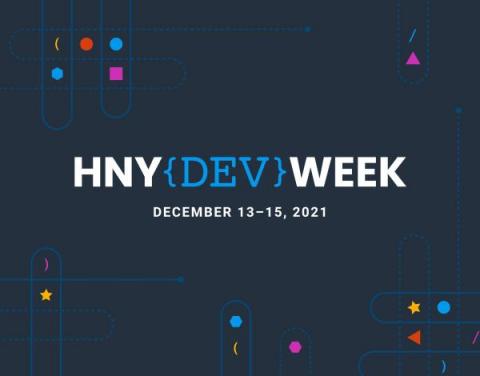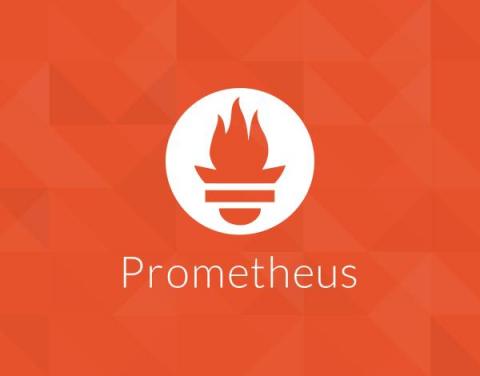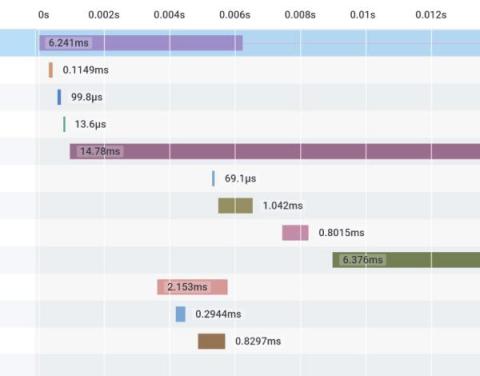Ask Miss O11y, Holiday Edition
Ooh, good question! My favorite thing about this part of the year is that work slows down, everybody is on vacation, and those of us not traveling get to work on little projects that we’re too busy to touch most of the year. As Martin Thwaites put it: “The Product Owners are away, the devs will play.” For Martin, this year, “play” means adding tracing to more of their services.












